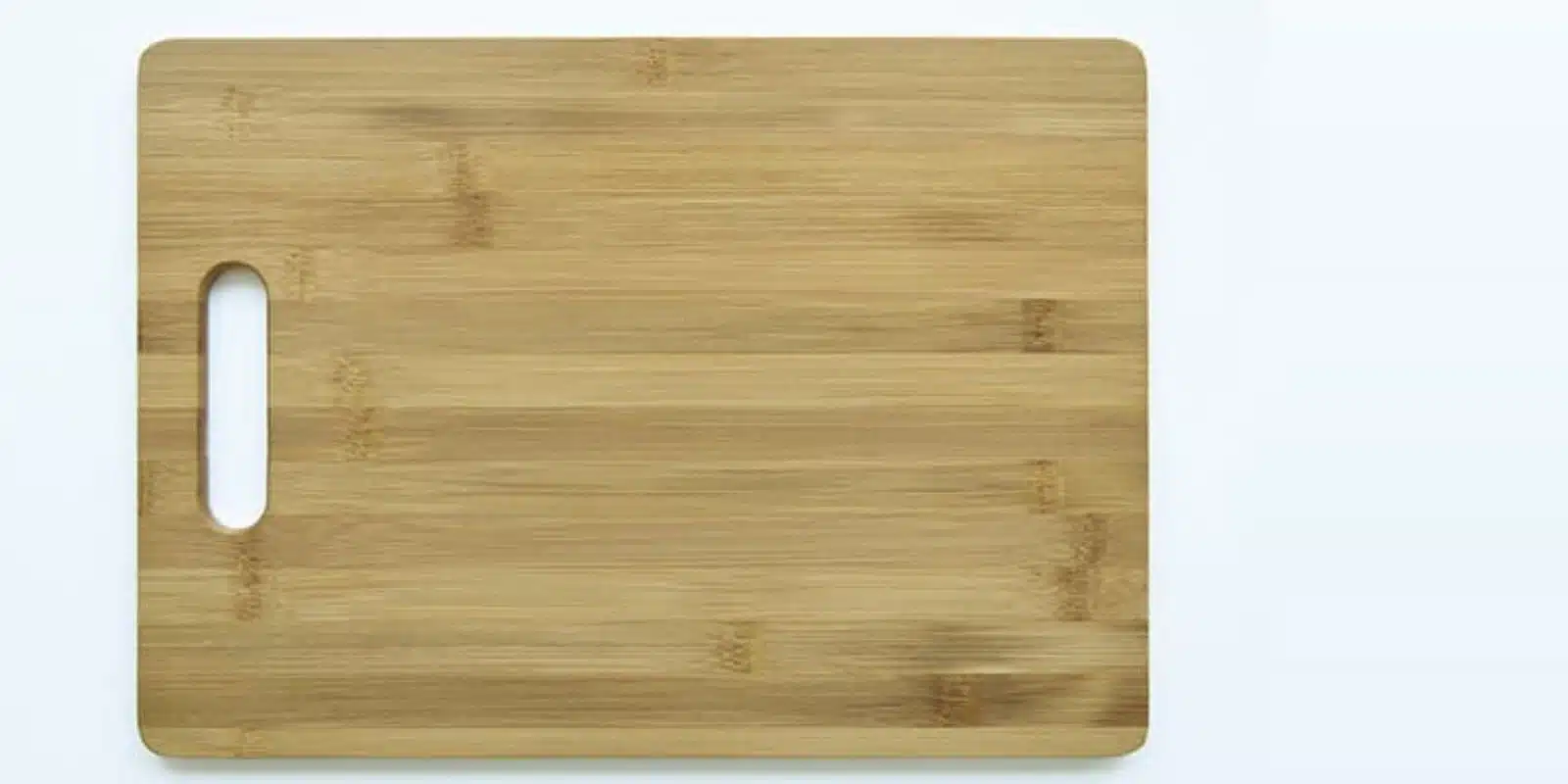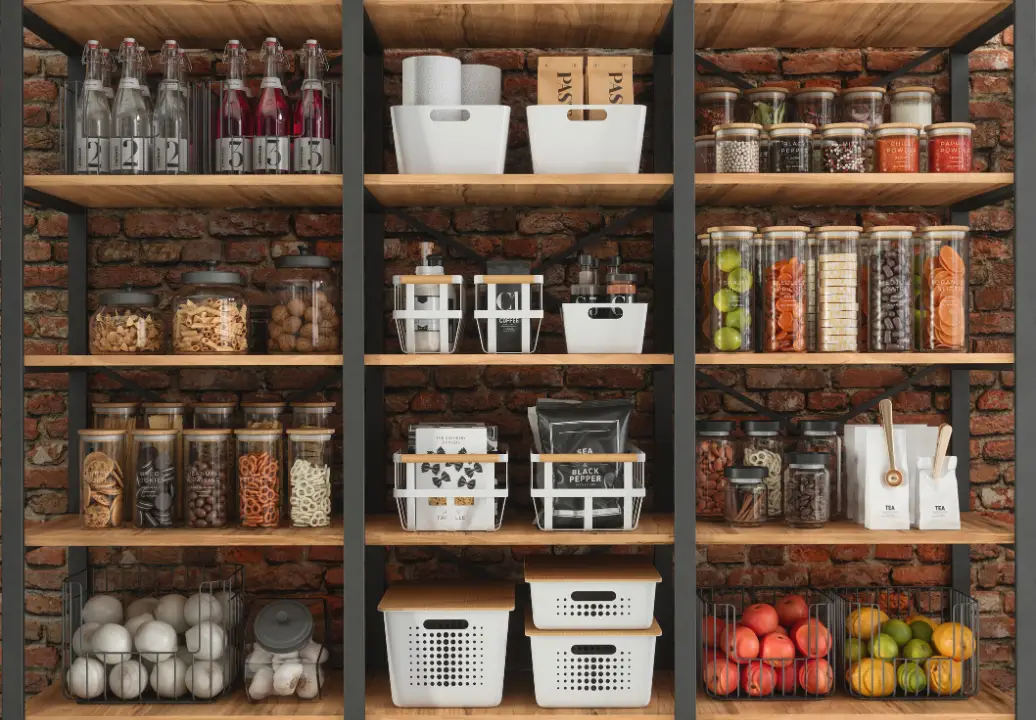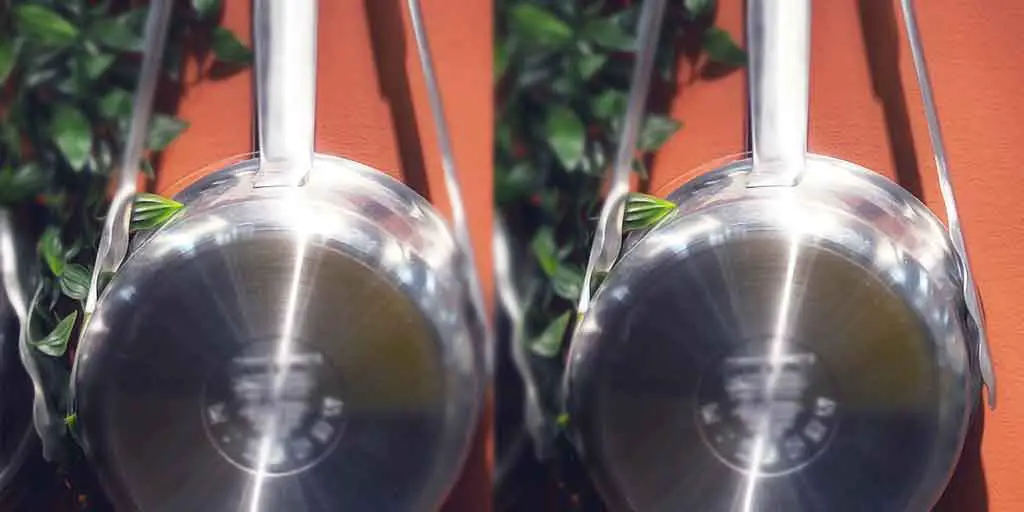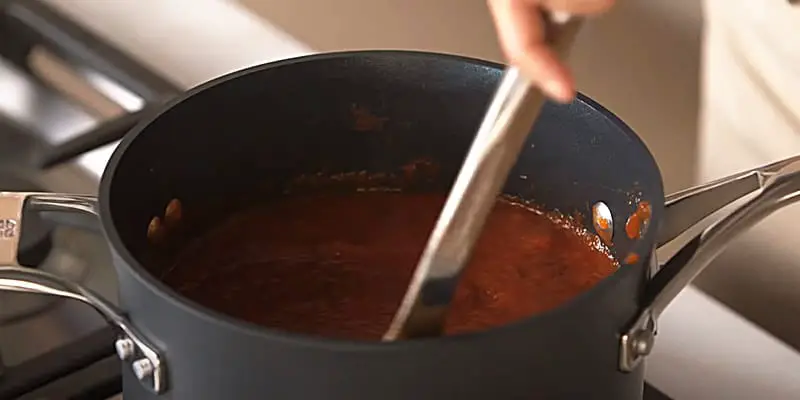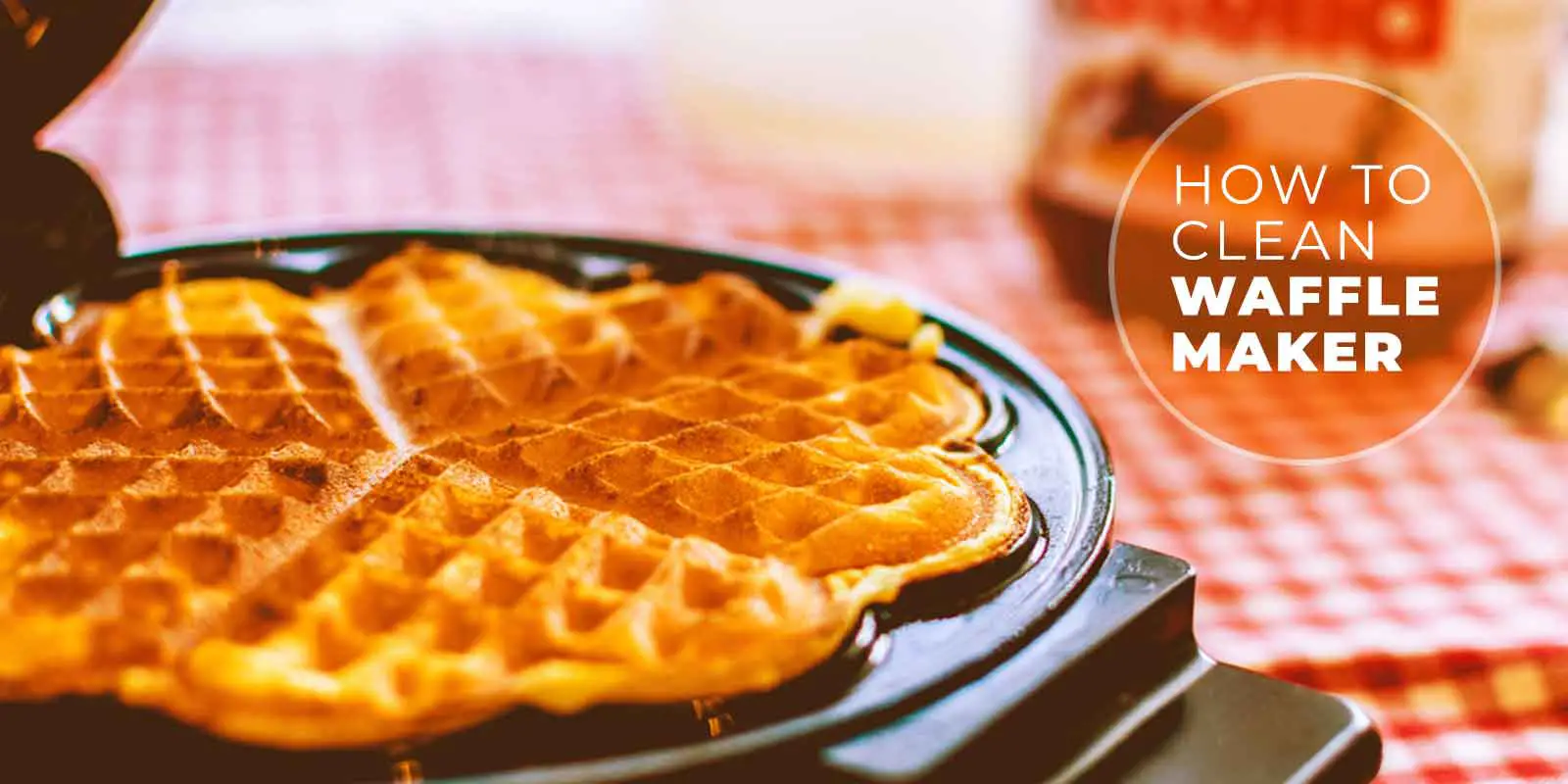How to Protect Glass Top Stove from Cast Iron Cookware
Glass stovetops are understandably appealing: they’re shiny and modern-looking and are thought by many to be easier to use. However, they require a bit more work than traditional coil tops.
I’ll say it straight: cast iron cookware is not recommended for use with glass top stoves.
Despite cast iron cookware’s reputation for being strong and reliable, it can scratch, stain or scrape your glass top oven. It’s a very valid concern and one that requires you to be attentive.
Fortunately for you, there are a few workarounds, and that’s what this article will be discussing today. So, read on to know how to protect glass top stove from cast iron.
Contents
Things to Remember
Before we get into the specifics of protecting your glass top stove from cast iron cookware, first we will give you a rundown on the basics of handling cookware near glass top stoves.
These are the practices you will have to keep up consistently throughout the life of your glass top stove if you’re insistent on using cast iron cookware.
1. Wash Before Heating
Before you begin cooking using your cast iron cookware, it’s extremely important to first thoroughly wash it (Skillet/pan). This is because residue sticking to the bottom of your cookware (such as oil) has a tendency to carbonize when the heat is applied to it.
The effect this has is to leave a black stain on the glass stovetop, and that’s obviously not something you want for your shiny glass stove. Another important thing to remember is to remove the cookware immediately after you’re done cooking—really, don’t wait. Additionally, remember to wipe off the glass surface of the stove.
2. Heat the Cookware for Longer
Electric glass cooktops take a little extra time to warm up; accordingly, cast iron cookware can take more time to heat up than it would on a gas stove.
Ultimately, using cast iron cookware requires more time—you will have to cook for slightly longer. What this means is that you should start by heating the cookware on low, then gradually increase the heat to medium or medium-high.
This will enable even heat distribution and allow you to cook the way you want to in order to get the desired results.
3. Be Careful Not to Drop or Slide the Cookware on the Stovetop
Cast iron cookware is nothing if it’s not heavy. The material can also be very abrasive on your glass top stove.
Therefore, it’s very important to exercise caution when you’re handling cast iron cookware near your glass top stove. It’s imperative that you don’t drop it, or worse, slide the cookware across the surface of the stove.
A scenario like this is probable if the cookware you’re handling is extremely hot. As a rule, you should always wear oven mitts anyway when handling cookware near the glass stovetop. This is especially important in the case of cast-iron variants.
Especially if the cookware has rough or chipped edges, that require extra caution.
4. Using a Heat Diffuser to Prevent Damage
This is a popular way of avoiding damage from cast iron cookware on your glass top stove. But just what is a heat diffuser?
It is pretty much what it says. It’s a little utensil that, when placed on the stove, diffuses the heat from it and distributes it evenly throughout the bottom surface of the pan. So, it’s kind of like a buffer between the stove and the cookware.
Heat diffusers are, therefore, perfect for protecting your glass stovetop from rough and heavy cast iron cookware. The good news is that they are also widely available at the majority of stores that specialize in kitchenware and homeware, and even at hardware stores.
The way to use a diffuser is to place it over an element, then placing the cast iron cookware (or any other cookware really) over the top of the diffuser. Next, you have to heat it to medium.
If you use too high of a temperature, you run the risk of damaging both the heating element and the surface of the stove.
And that’s all there is to it. A couple of warnings are to be kept in mind, though:
Since cast iron skillet is heavy, there is a risk of the diffuser being shifted by its weight. Exercise caution so as to avoid this—lift and place everything carefully.
Finally, remember to never, ever heat up a diffuser on the stove without cookware on it. The cookware must also be filled with food to avoid undesirable consequences.
Preventing Scratches on Your Glass Top Stove
Here is a list of general reminders when using cast iron cookware on your glass top stove:
Train Yourself for Caution
This is going to take some time, but it’s absolutely necessary. You must develop the habit of being very careful when lifting or placing cast iron cookware.
Avoid Cookware with Round Bottoms
Flat bottom pans are a much better option as they are more stable. They have less of a chance of causing scratches by being shifted accidentally.
Handle Spills Right Away
You must respond to any spill right away by wiping and cleaning the glass top stove.
Cool the Cookware Elsewhere
This basically means that you have to remove the cookware right away after it has completed its duty of cooking your food for you. It helps to have a wire cooling rack on the stove.
Conclusion
As you can see, it’s not totally impossible to use cast iron with a glass top stove. By following the guidelines outlined above, you can ensure that your glass top stove won’t be damaged.
However, it’s a difficult practice, and you could not be blamed for slipping up even if you’re working with the utmost caution. The best long-term solution, therefore, is to not use cast iron cookware with glass top stoves.
FAQs
Can Lodge cast iron cookware be used on glass top stoves?
Yes! Lodge, a brand of cast iron cookware that has been trusted for generations, has designed their cookware in such a way that even on a glass top stove they will not scratch the surface or leave any residue behind. Glass top stoves have become so popular in recent years because they provide an easy cleanup alternative to your traditional gas or electric range and are very energy efficient.
Can I use a magic eraser on my glass top stove?
If the magic eraser is made from melamine foam, this will damage your stovetop and is not recommended! If the eraser is only washable or silicone, it can be successfully used if done with care.
Can you cook in a WOK on an electric stove?
Sure! It’s quite easy to cook in a wok on an electric stove, and it all has to do with the power or wattage of your range. If you have 2200 watts available then there is no heat issue for using your wok at any setting because of the increased wattage available. But if you are unsure how many watts your range offers, just take into account that cooking over high heat will likely cause food to burn- so keep those settings low when possible.
![How To Clean A Toaster? [Step By Step Guide]](https://verybestkitchen.com/wp-content/uploads/2021/07/how-to-clean-a-toaster.jpg)
